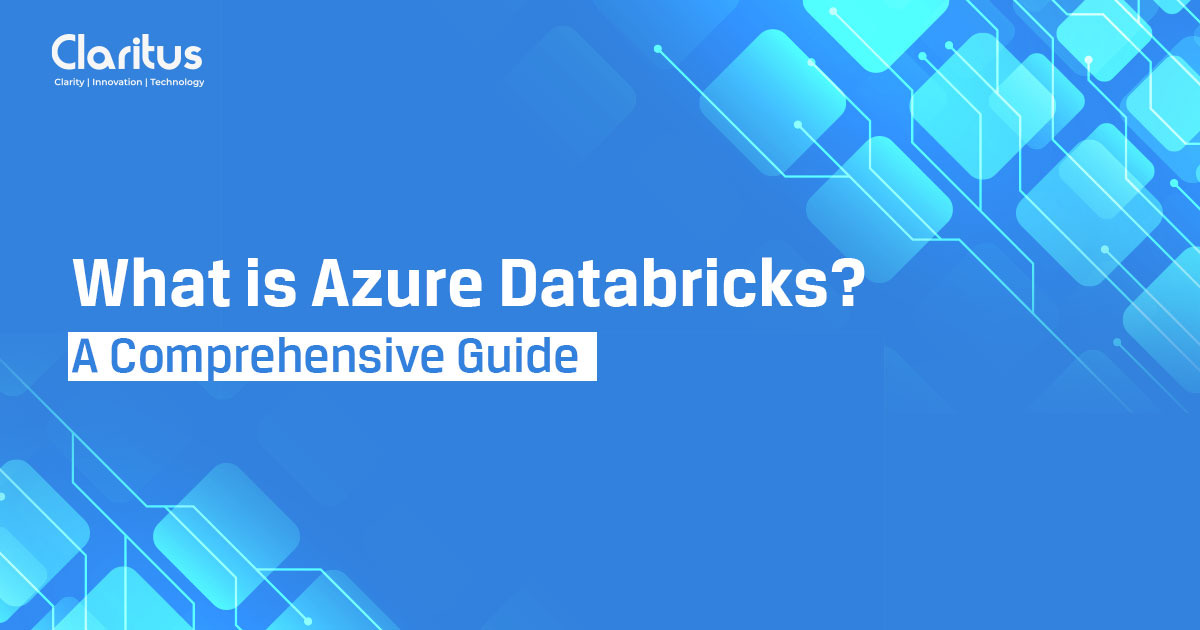What is Azure Databricks? A Comprehensive Guide
Created on top of Microsoft Azure, Databricks is an analytics platform based on Apache Spark. It is utilized to handle vast amount of data. The platform also assists in data exploring, data engineering, business analysis and visualizing data with the help of Machine learning. It offers a one-click setup, sleek and organized workflows with a shared workspace so that actionable insights are feasible. Databricks is in fact, also a software company launched by the makers of Apache Spark. Well known software like ML flow, Koalas and Delta Lake are created by the company. Databricks creates online portals to work with Spark, which offers IPython type notebooks and automatic cluster management.
Features of Azure Databricks
Optimized Environment
Supported and managed by Spark experts, Azure Databricks has a dependable, secure and trustworthy production environment. It permits to effortlessly fuse with open source libraries, by dispensing the most advanced versions of Apache Spark. This is a zero-management cloud platform that encompasses a portal for driving the desired Spark centered applications, wholly managed Spark clusters, and a responsive and reciprocative workspace for research, study and visualization.
Connected Workspace
The interactive workspace, notebook and dashboard experience facilitate potent collaboration and performance enhancement. This characteristic empowers data business analysts, data engineers and data scientists to coact and work side by side with efficiency. This particular environment of Azure Databricks helps in smooth-running of the process of probing and inspecting data, prototyping and operating data-managed Spark applications.
Runtime
Databricks Runtime is an additional set of artifacts which work on the clusters of machines controlled by Databricks. It contains Spark, however, additionally has quite a few updates and components that upgrade and refine the performance, usability and security of big data workloads and analysis. It offers better performance with Databricks I/O module, a robust security with Databricks Enterprise Security and significantly reduces operational complexity and management expenses with Spark on “autopilot”.
Machine Learning
Created on open lakehouse architecture, Databricks Machine Learning entitles Machine Learning teams to formulate and deal with data. It also simplifies and improves cross-team collaboration, while systemizing and regularizing the entire Machine Learning lifecycle from the exploratory stage to production. Utilizing the integrated Azure Machine Learning, the advanced automated machine learning abilities can be accessed, which assists in identifying suitable algorithms and hyperparameters very fast.
Databricks File System
The Databricks File System (DBFS) is available on Databricks clusters. It’s a distributed file system mounted into a Databricks workspace and an abstraction layer above scalable object storage which helps to map Unix-type file system calls to native web or utility storage API calls.
Strengths and weaknesses
1. Large amount of data can be processed with Azure Databricks. Being part of Azure, the data are cloud-native.
2. Active Directory is merged with it.
3. It’s simple to set up and configure the clusters.
4. It accommodates many languages. Besides the main language, which is Scala, it works fine with R, SQL and Python as well.
However regrettably,
1.It does not blend with Git or some other versioning tool.
2.Only HDInsight is supported at present. Neither AZTK nor Azure Batch is accommodated.

